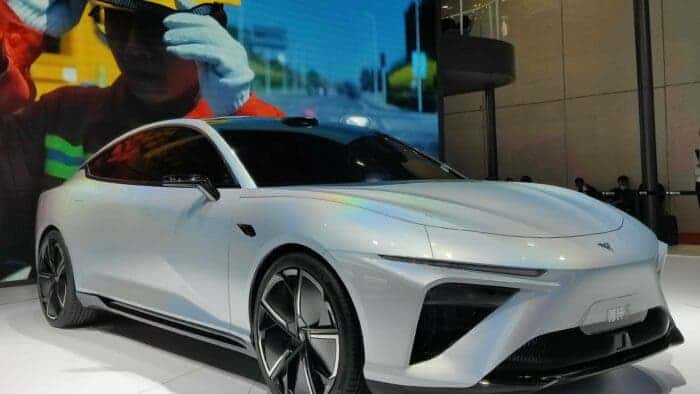Today, Counterpoint Research Director Richard Windsor delivered a speech on “Future Automotive Electronics Market Trends and Ecology”. At first sight, this segment has nothing in common with the fields this market research company collects data from. But the electric vehicles have become a buzzword and Counterpoint predicts that in the next two decades, the overall demand in the automotive market will decline by at least 65%. Another prediction is that the chip content of each car will double. In other words, this market is facing a serious metamorphosis, and we should keep eye on it.
However, the main question remains what the auto industry can do to offset this impact. According to Richard Windsor, this niche has low profitability. So in the coming years, we can notice an interesting activity, when many small and mid-size car makers will merge into large ones to withstand the market change and challenges. Currently, there are around 26 automotive companies worldwide that make electric vehicles. But in the future, there will remain only three or four.
Electric Vehicles Are Redesigning The Automotive Industry
As for prices, soon, electric vehicles and fuel vehicles are likely to gradually equalize. But the electric vehicles have serious advantages. The important competitiveness of electric vehicles is that they can travel longer distances before they are abandoned.
Also Read: Cost Increase Of Key Materials For Lithium-Ion Batteries Will Make Electric Vehicle Prices Soar
Interestingly, Tesla’s prediction is in line with Counterpoint. As Elon Musk pointed out, after driving about 500,000 miles, the battery performance drops to 20%. Simply put, consumers do not need to change cars so frequently. Moreover, the cost of buying and maintaining cars has dropped significantly. Obviously, electric vehicles are cheaper to maintain because there are fewer parts to replace, and they don’t consume gasoline, etc. From this perspective, Counterpoint believes that the economics of electric vehicles are very attractive to consumers.

With the development of the “four modernizations” of automobiles and autonomous driving, the overall demand for automobiles in the future will show a significant downward trend. By 2047, the number of automobiles will drop to 44 million. By then, autonomous vehicles will cover almost the entire market. Here, we can notice another business opportunity. Digital services for automobiles will become a good business direction.
Counterpoint predicts that by 2024, spending on digital automotive services may reach as much as US$1.6 trillion. Richard Windsor believes that as long as OEMs and automakers can transform and provide consumers with these digital services, this amount will be enough for them to survive.





